| Amount Per 1 cup prepared | |||
| Calories | 310 Kcal (1298 kJ) | ||
| Calories from fat | 81 Kcal | ||
| % Daily Value* | |||
| Total Fat | 9g | 14% | |
|---|---|---|---|
| Saturated Fat | 2g | 10% | |
| Sodium | 1000mg | 42% | |
| Total Carbs | 51g | 17% | |
| Sugars | 2g | 8% | |
| Dietary Fiber | 2g | 8% | |
| Protein | 7g | 14% | |
| Vitamin A | 2mg | 67% | |
| Iron | 1.8mg | 10% | |
| Calcium | 20mg | 2% | |
* Percent Daily Values are based on a 2000 calorie diet. Your daily values may be higher or lower depending on your calorie needs.
Find out how many calories should you eat.
Ingredients And Nutrition Overview
Best
choice Good
choice Poor
choice Avoid
it!
choice Good
choice Poor
choice Avoid
it!
-
WeightWatchers Points: 6.6, PointsPlus: 8, SmartPoints: 10
WeightWatchers Points are estimated by carbohydrates, fats, protein and fiber in product. They are not an affirmation of better quality or nutritional value of the product or its manufacturer. Only way to count for dieters. Less points are better.
Read more at Weight watchers diet review -
Salty! Has over 40% of the daily max
Americans consume 4000 mg of sodium daily when the maximum recommended amount is 2300mg for healthy adults. Many people should not exceed 1500mg. Most of the sodium (65%) in our diet comes from processed foods, not home cooking or the salt shaker. Excess sodium intake increases blood pressure, causes hypertension and other heart problems. That’s why most of us need to cut back.
-
Contains MSG!
Monosodium Glutamate is responsible for the umami (savory) flavor of foods, but some people steer away from it as it causes them adverse reactions.
-
For dieters: FoodPoints value is 6
* FoodPoints are calculated by Fooducate based on fats, carbs, fiber, and protein. They are not an endorsement or approval of the product or its manufacturer. The fewer points - the better.
-
Puffed up with protein?
Protein is important, but some of the protein you find in this product isn't exactly natural. The protein comes from one of the following sources: - milk protein concentrate - whey protein isolate - soy protein isolate While it's fine to get some of your protein from supplemented items, keep in mind that they are not "natural" sources and that it's not ideal to get protein only from processed goods. If you're looking for more protein, try beans, quinoa, nuts, seeds, peas and spinach & leafy greens. Not only do they have protein, they're filled with other vitamins and minerals.
-
Highly Processed!
This product is highly processed. If you'll take a look at its ingredient list, you'll discover new words to add to your vocabulary. Many of theses ingredients are required to increase the shelf life of the product and improve the flavor that disappears when food is not fresh.
-
Contains MSG-like ingredients
People sensitive to MSG may also be sensitive to MSG-like substances. These are glutamates or chemically similar items added to improve a product's taste. Here is a short list of common MSG-like substances (see our blog for more): - Yeast extract - Autolyzed yeast - Hydrolyzed proteins ---- Source: Scopp AL. MSG and hydrolyzed vegetable protein induced headache: review and case studies. Headache. 1991;31(2):107-10. Questions and Answers on Monosodium glutamate (MSG) http://www.fda.gov/food/ingredientspackaginglabeling/foodadditivesingredients/ucm328728.htm Natural Flavorings on Meat and Poultry Labels http://www.fsis.usda.gov/wps/portal/fsis/topics/food-safety-education/get-answers/food-safety-fact-sheets/food-labeling/natural-flavorings-on-meat-and-poultry-labels
-
Learn about industrial caramel coloring
Homemade caramel is made by melting sugar in a saucepan. Brown coloring in sodas and some other products is not the same thing. Industrial caramel coloring is made by reacting sugars with ammonia and sulfites under high pressure and temperatures. The chemical reactions create 4-methylimidazole, which in government-conducted studies caused lung, liver, or thyroid cancer or leukemia in laboratory mice or rats. This is why California recently required foods containing caramel color to be labeled as potential cancer-causing agents. But you won't see this warning label any time soon - manufacturers simply reduced the use of caramel color enough that the labeling requirements no longer applied. Caramel color varies slightly between products - when in beer, sauces or baked goods it has just ammonia and when used in soft drinks, it has both sulfites and ammonia. Neither one is a "good" option. Bottom line: Choose something else, less controversial.
-
Natural flavors added. Learn why
Companies add flavorings to make products taste better. They are created in a lab and the formulations are guarded as trade secrets. Flavorings can compensate for flavor loss during processing, substitute for ingredients, lower production costs and increase shelf stability. Natural flavorings are more expensive to source than artificial flavors, but tend to be better received by consumers. People sensitive to MSG, vegans, vegetarians and those with allergies should pay special attention to the phrase "natural flavorings" since glutamates, animal products or allergens may be the source of natural flavors. You can always contact the manufacturer for more information.
-
"Natural" is an unregulated term!
One in four new products launched in 2010 had a label claiming it was “Natural”. But did you know that there is no regulatory definition for “Natural” foods? While there are strict standards for Organic labeling, it’s pretty much a wild west when it comes to the use of the word Natural. Hence you can find chips made from “all natural potatoes”. Has anyone ever seen an artificial potato?
-
Learn about disodium guanylate
Disodium guanylate imparts the umami flavor to foods such as soups and savory snacks. This allows the reduction of the sodium content. This "food enhancer" may be problematic for babies, asthmatics, people who suffer from gout or uric acid kidney stones. In most cases it is derived from vegetable sources. But sometimes it may come from fish, so vegetarians or vegans, ask the manufacturer to be certain.
-
Eat brown rice to save your life . . .
A recent study showed that Americans who ate brown rice regularly had a 10% less risk of developing diabetes than those who eat white rice. Those who eat white rice regularly had a 20% more chance of developing diabetes than those who eat white rice only once a month. Bottom line - save the white rice for sushi if you must, but on a day-to-day basis, brown rice is best.
-
Learn about disodium inosinate
Disodium inosinate provides an umami flavor to foods. It is often found together with MSG. It can be sourced from vegetables, fungi, or animal sources.
You Might Also Like
% RDI of Main Nutrition Facts
16%
of RDI* (310 calories) 142 g
-
Cal: 15.5 %
-
Fat: 13.8 %
-
Carb: 17 %
-
Prot: 14 %
-
0%25%75%RDI norm*
Calories Breakdown
- Carbs (65.2%)
- Fat (25.9%)
- Protein (8.9%)
Get Your Recipe of Health!
Follow RecipeOfHealth on Facebook!



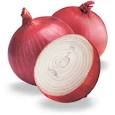
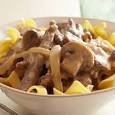
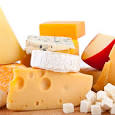
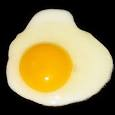
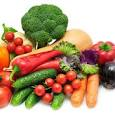
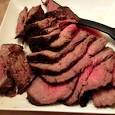
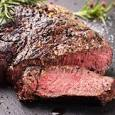
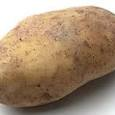
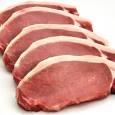
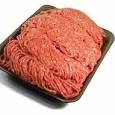
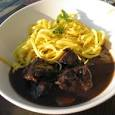
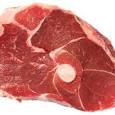
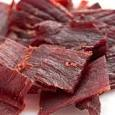

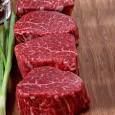
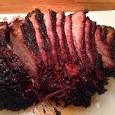
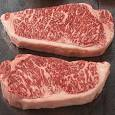
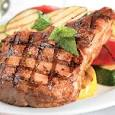











Add your comment